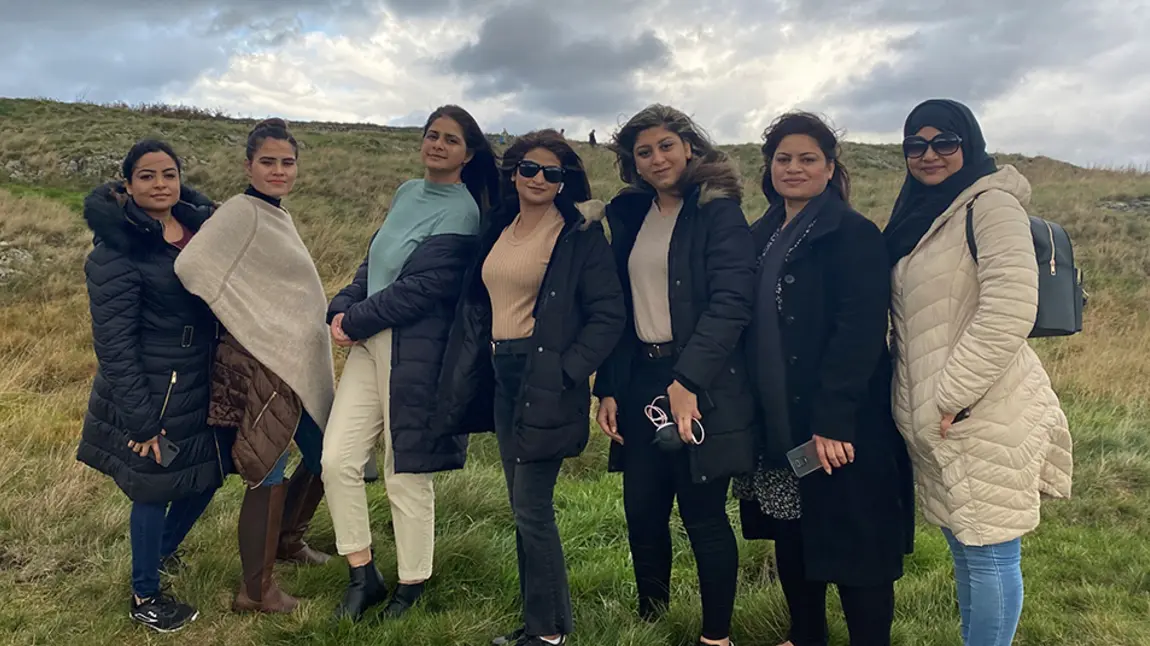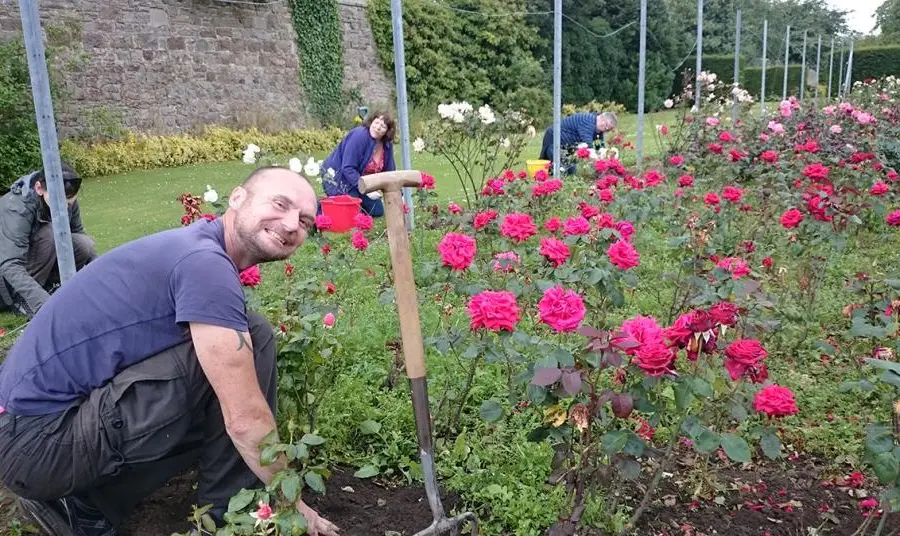Inclusion, access and participation: eight ways to improve your project’s reach and impact

Everyone should have the opportunity to explore and preserve heritage, to learn and develop skills, regardless of background or personal circumstances. More inclusive heritage is also more sustainable in the long term.
From digital participation to co-creating plans for heritage, these projects demonstrate examples of inclusive best practice that can improve the accessibility of your heritage, now and in the future.
Involve people with lived experience
Engage audiences and team members with direct experience and practical expertise at every stage of your project. Inclusion is an ongoing process of learning and adapting.
The Foyle Valley Railway and Transport Museum worked with community support organisation, Destined, to actively involve people with learning disabilities in creating an inclusive visitor attraction. The group advised on sensory-friendly tours and accessible augmented reality visualisations – and were paid for their expertise.

Empowering people with lived experience and reimbursing their contributions removed the hierarchy of project leaders verses participants. The project work was fully informed by people who understood the need for it.
Ignite Yorkshire aimed to connect young people with industrial heritage. The team noted the important distinction to create activities with the people you want to reach.
Marie Millward, Project Manager at Ignite Yorkshire, says: “Young people's input should not just be treated as something that comes for free. If you value it, then you might invest in working out how you're going to incorporate that into the work that you do.” The project created paid traineeships and invited young people to sit on boards and consultative groups at museums.
Remove barriers to participation
Address the challenges that make it more difficult for people to take part in your project.
South Riverside Community Development Centre (SRCDC) involved local people in its project to co-create a plan for nature. They taught 40 people from diverse ethnic communities how to run nature projects and gave language, IT and childcare support, recognising the extra needs of participants.
Identity on Tyne's Wayfinding project created new opportunities to explore the great outdoors for black women and Muslim girls from inner city Newcastle. Our funding was used to set up walking groups and activities in the countryside and by the sea and to provide training and resources to encourage new connections with nature.
Heritage Without Barriers aimed to transform the stately manor of West Horsley Place and its estate into a welcoming space for all, as it prepared to open to the public for the first time in its 600-year history.
Project activities included an archaeology week for schoolchildren and youth-led heritage courses. The training programme tackled the anti-social behaviour on the estate by finding positive ways for young people to feel welcome and have their say in its future.

Champion different ways to access and enjoy heritage
Find out how different communities want to engage with heritage and help them influence the way your project is designed and delivered.
The Saughton Park restoration project brought together community and voluntary organisations to provide a strong local voice in the way the park is run.
Central to this network was the Friends of Saughton Park (FoSP) who helped ensure the green space could be used for therapeutic horticulture, all-ability cycling lessons and events to welcome refugees and other newcomers to the city.
One FoSP member says: “It’s green space in quite a developed area, it means lots of things to different people, it might be nature, it might just be some green space, it might be some volunteering ... It’s important that the park has lots of different things going for lots of different groups coming in.”

Explore digital technology
Using digital media is an effective way to reach and engage new audiences, improving access to the UK’s diverse heritage.
The legacy of the podcasts means young people have an opportunity to leave a permanent stamp on heritage, accessible for generations to come.
Zoe McGhee, Project Manager
The Big Up! is uncovering stories of people from diverse ethnic communities who have made a lasting impact on British history.
Fifteen people aged 16 to 30 researched archives and received training to create podcasts with accompanying videos to tell the stories. These are used in schools to teach about a more representative history, paving the way for a more inclusive future.
Project Manager, Zoe McGhee says: “Through digital dissemination, we can ensure accessibility – be it through closed captions or engaging with geographically harder to reach audiences with limited resources. The legacy of the podcasts means young people have an opportunity to leave a permanent stamp on heritage, accessible for generations to come.”
Connected Heritage was a project run by Wikimedia UK, which taught people new skills through digital participation. Volunteers received training through online webinars, enabling them to learn at their own pace, from their own home. They then helped contribute to preserving and sharing heritage by publishing content to the site, helping to build digital skills capacity and confidence across the UK heritage sector.

What we expect from projects
Every project we fund must take into account how they will support greater inclusion, diversity, access and participation in heritage.
Take a look at our inclusion good practice guidance for advice and ideas.
What you can expect from us
We want to make sure our funding is open and accessible to all.
Read more about the reasonable adjustments we can make for you.


